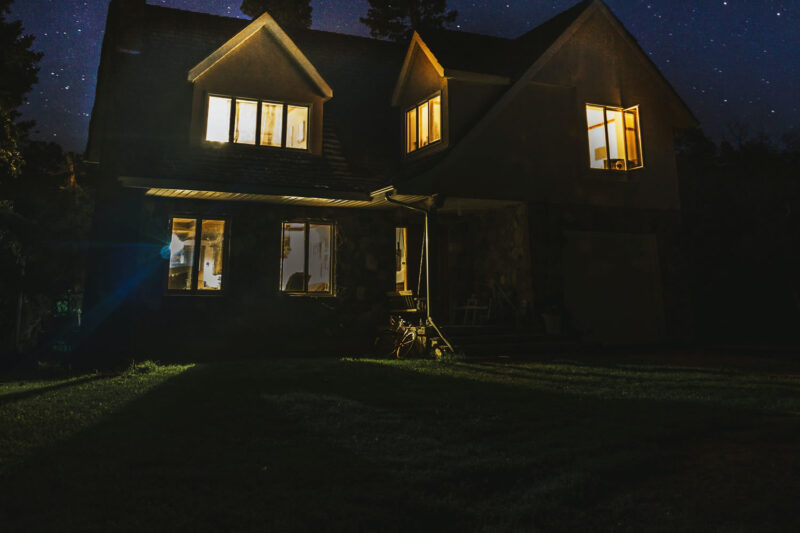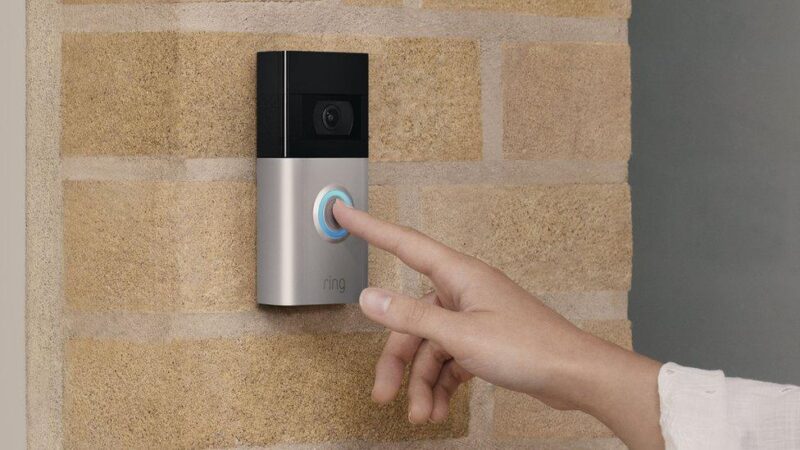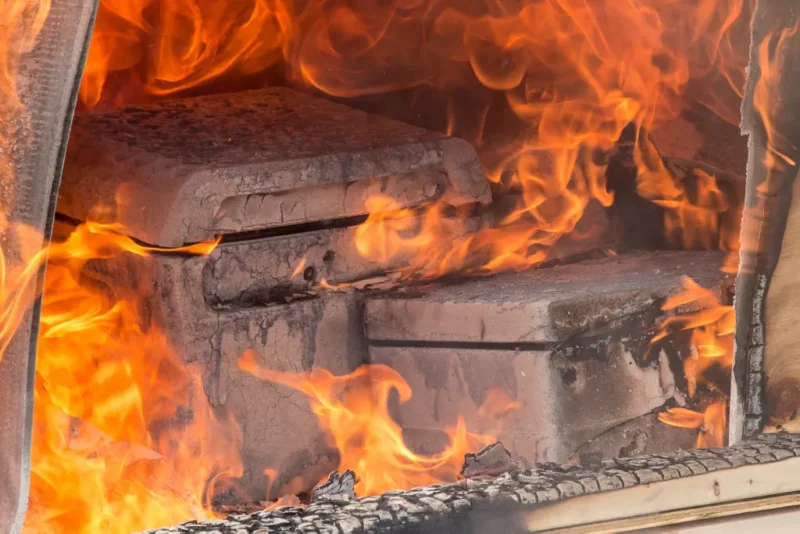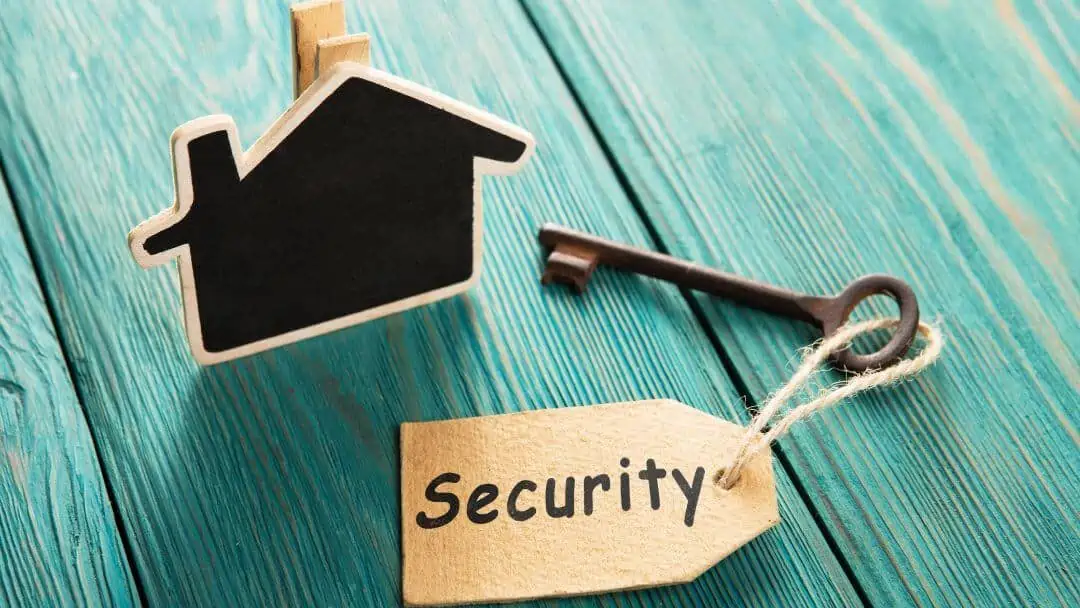Leaving home for an extended period can be nerve-wracking. Thoughts about break-ins, maintenance issues, and unexpected disasters can make any trip stressful. Instead of worrying about what could go wrong, take proactive steps to protect your property and maintain peace of mind.
Key Points:
- Secure doors, windows, and entry points.
- Use smart technology to monitor activity remotely.
- Keep up with regular maintenance to prevent issues.
- Make the property look occupied to deter burglars.
- Arrange help from neighbors or professionals.
- Manage utilities and appliances efficiently.
- Protect valuables and important documents.
- Plan for extreme weather conditions.
- Avoid common security mistakes.
- Have a post-travel checklist ready.
Lock Down Entry Points and Use Extra Layers of Security
Doors and windows serve as the first line of defense. Strong locks, deadbolts, and security bars make a difference. Reinforce glass doors with security film or install a rod in sliding tracks to prevent forced entry. Installing a security system with cameras adds another layer of protection, allowing remote monitoring.
Additional Security Measures:
- Install motion-sensor lights around the perimeter.
- Use smart locks with temporary codes for trusted visitors.
- Secure the garage with a physical lock or disable the automatic opener.
- Store car keys in a signal-blocking pouch to prevent theft.
For those leaving a vehicle outside, consider a car cover to protect it from dust, sun damage, and prying eyes.
Make Your Property Look Occupied

A dark, silent property with overflowing mail screams “nobody is home.” Burglars look for signs of an empty space, so the goal is to create an illusion of activity. Even small details like leaving a porch light on a timer can discourage break-ins.
Ways to Maintain an Occupied Look:
- Use smart bulbs with random schedules.
- Forward mail or ask a neighbor to collect it.
- Park a vehicle in the driveway.
- Arrange lawn care or snow removal services.
A trusted friend checking in occasionally strengthens the illusion of normal activity.
Leverage Smart Technology for Remote Monitoring
Home security systems offer real-time monitoring, allowing remote access to video feeds, alarms, and alerts. A well-placed camera, even a fake one, can deter burglars before they even approach the door. But smart security goes beyond cameras.
Best Smart Devices for Security:

- Video doorbells with two-way communication.
- Motion-activated security cameras with cloud storage.
- Smart alarms with mobile notifications.
- Water leak detectors to prevent damage from unnoticed leaks.
Smart home systems allow adjustments even from miles away, making security effortless.
Handle Utilities and Appliances to Prevent Issues
Leaving appliances running wastes energy and creates unnecessary risks. A few simple adjustments help avoid potential hazards and save money.
Steps to Manage Utilities:
- Unplug non-essential appliances.
- Adjust thermostat settings to save energy.
- Shut off the main water supply to avoid leaks.
- Clean out the fridge to prevent spoiled food odors.
In cold climates, setting faucets to drip slightly prevents pipes from freezing, which is a common problem in unattended homes.
Protect Valuables and Important Documents

Even with top-notch security, taking precautions for valuables ensures an extra layer of protection. A break-in is rare, but not impossible.
Where to Store Valuables:
- A fireproof safe for documents and jewelry.
- A bank safety deposit box for high-value items.
- Hidden compartments for cash or emergency funds.
Avoid obvious hiding spots like under the mattress or inside a sock drawer. Thieves check these first.
Prepare for Unpredictable Weather
Storms, high winds, or extreme temperatures can cause damage, so securing the property against nature is essential. A strong gust can turn a loose chair into a projectile.
Storm-Ready Measures:
- Trim tree branches to prevent damage during high winds.
- Secure outdoor furniture or store it inside.
- Check gutters and downspouts for proper drainage.
Installing surge protectors helps safeguard electronics against sudden power surges.
Get Help from Trusted Individuals
Having someone check in periodically ensures small issues don’t turn into major problems. Many emergencies arise simply because no one was there to catch them early.
Reliable Helpers to Consider:
- Neighbors or friends for mail collection and basic monitoring.
- Professional property managers for extended absences.
- Pet sitters for those with furry friends.
Leaving a spare key with a trusted person prevents lockouts and allows access for emergencies.
Avoid These Costly Home Security Mistakes
Many travelers unintentionally make mistakes that signal an unoccupied property. These blunders put homes at risk, sometimes even more than expected.
Avoid These Pitfalls:
- Posting vacation updates publicly on social media.
- Leaving spare keys under doormats or fake rocks.
- Ignoring alarm system maintenance before departure.
- Forgetting to notify the security company.
Taking a few extra steps prevents avoidable security risks.
What to Do If a Break-In Happens While You Are Away
Coming home to find a break-in has occurred can be overwhelming. If this happens, handling the situation correctly ensures safety and speeds up recovery.
Steps to Take Immediately:
- Do not enter if there are signs of forced entry.
- Call the police and file a report.
- Document any damages and missing items.
- Contact insurance to start a claim.
- Strengthen security before staying in the property again.
Having an updated inventory of belongings helps speed up insurance claims.
Why Landscaping Matters for Home Security

A well-maintained lawn does more than improve curb appeal. Strategic landscaping acts as a deterrent against unwanted visitors.
Landscaping Security Tips:
- Trim hedges and bushes to remove hiding spots.
- Install thorny plants near windows to make access difficult.
- Use gravel pathways to create noise when walked on.
- Place motion-activated lights in dark corners.
A combination of natural barriers and smart security measures makes a property much harder to target.
Create a Post-Return Checklist
Once the trip ends, a quick inspection ensures everything remains in order. Being proactive upon return minimizes surprises.
Post-Travel Tasks:
- Check security camera footage for any unusual activity.
- Inspect the home for water leaks, power outages, or damage.
- Reset appliances and adjust thermostat settings.
- Retrieve valuables stored in safes or offsite locations.
Returning to a well-maintained space eliminates stress and allows a smooth transition back to daily routines.
Final Thoughts
Peace of mind starts with preparation. Securing entry points, using smart technology, and arranging help keeps the property in good condition. With a few proactive steps, long absences don’t have to result in unnecessary worries. Investing in security and maintenance ensures everything remains intact, making trips stress-free and enjoyable.

